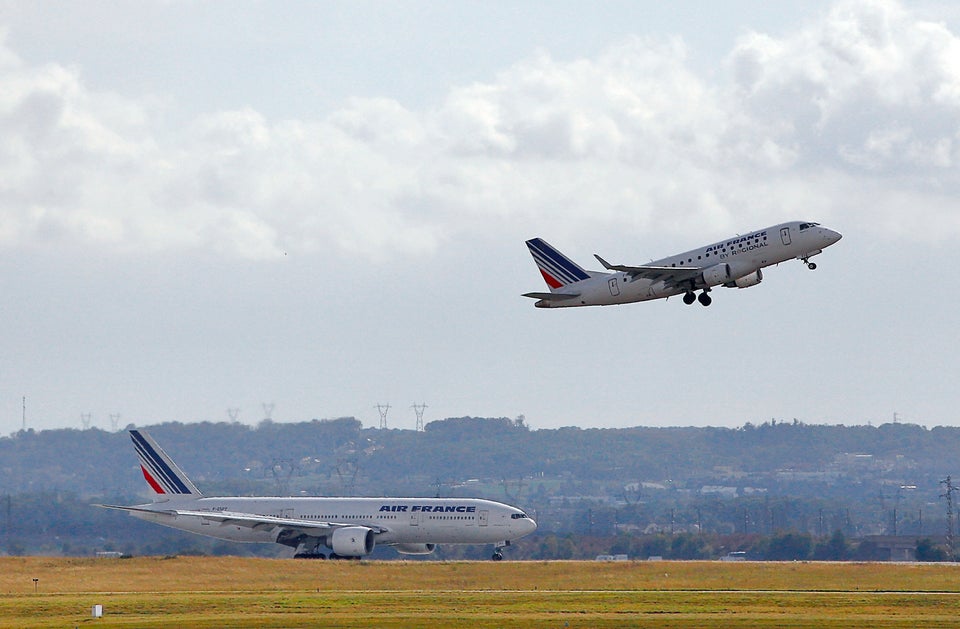WASHINGTON -– The U.S. government uses $37 as its estimate of how much a ton of carbon dioxide emitted into the atmosphere costs, including decreased agricultural productivity, damage from rising sea levels and harm to human health related to climate change. The Obama administration updated that figure, known as the "social cost of carbon," in November.
But a report released Thursday argues that $37 is far too low. It doesn't include costs of other major climate impacts, such as increased respiratory illness from higher pollen or ozone, or the spread of insect-borne diseases such as Lyme disease, or the toll that ocean acidification will take on fisheries.
The report comes from the environmental groups Natural Resources Defense Council and Environmental Defense Fund, and the Institute for Policy Integrity, based at New York University's School of Law. Policy Integrity economic fellow Peter Howard authored the report, posted on the group's website, Cost of Carbon.
The $37 figure, said Gernot Wagner, a senior economist at Environmental Defense Fund, is the "most scientifically sound estimate coming out of climate economic models right now, but that doesn't mean it's complete."
The report argues the current social cost of carbon estimate is "biased downwards." The estimate doesn't consider climate impacts well-established in scientific literature, but not easily quantifiable as a cost.
"What we know is bad," said Wagner. "What we don't know makes it worse."
An interagency working group of scientists and economists from the National Economic Council, the Environmental Protection Agency, and the Council on Environmental Quality, as well as the departments of Agriculture, Commerce, Energy, Transportation, and Treasury, determines the social cost of carbon. The figure is created using integrated assessment models, which combine climate and economic modeling. The working group periodically reviews the cost. The update in November was the first since 2010, when it was set at $24 a ton.
The figure is used in cost-benefit analyses for proposed regulations, allowing agencies to evaluate the economic benefits of new rules. For example, when considering regulations limiting greenhouse gas emissions from power plants, the dollar figure allows the agencies to quantify future benefits of avoiding additional emissions. The higher the number, the more benefits are derived from a new rule limiting those emissions.
The report highlights areas the current cost estimate for carbon is missing, including loss of labor productivity due to extreme heat, potential climate change impact on crop-destroying pests, and climate-fueled wildfires.
Impacts on fisheries are also largely omitted from government models, including problems caused by ocean acidification, warmer ocean temperatures and algae blooms. Because the fishing industry is a major part of the economy in many parts of the world, with many people relying on it for jobs and for food, climate change is likely to bring significant costs.
Industry groups, and Republicans in Congress, won't like the suggestion that the government's carbon cost should be higher. The U.S. Chamber of Commerce and the American Petroleum Institute have criticized the federal government's $37 figure, arguing that the models haven't been adequately reviewed by scientists and economists. Republicans slammed last year's increase to the figure.
The report does not suggest an alternate figure. Instead, it highlights areas where there is increasing scientific and economic research that could be used in future estimates.
"What we are doing with this report is pointing the light, guiding scientists toward the kinds of missing damages that ought to be included in the next iteration," said Wagner.

